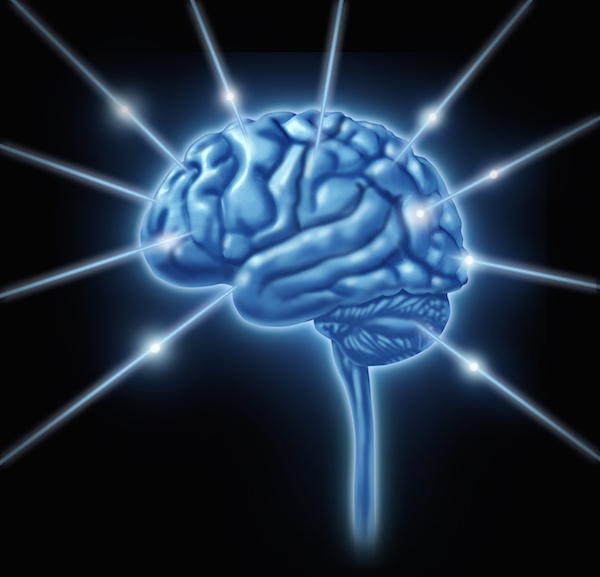
WEDNESDAY, June 1 (HealthDay News) — Body dysmorphic disorder, an illness that causes people to see themselves as disfigured or ugly, is linked to an abnormality in how visual information is processed, and the image distortion extends to the world around them, according to a new study.
In their research, investigators at University of California, Los Angeles (UCLA) found that people with body dysmorphic disorder, or BDD, have less brain activity when processing images as a whole — what they call “the big picture” — than they do when looking at things in detail.
“Many psychological researchers have long believed that people with body-image problems such as eating disorders only have distorted thoughts about their appearance, rather than having problems in the visual cortex, which precedes conscious thought,” the study’s lead author, Dr. Jamie Feusner, assistant professor of psychiatry and director of the Obsessive-Compulsive Disorder Intensive Treatment Program at UCLA, said in a university news release.
“This study, along with our previous ones, shows that people with BDD have imbalances in the way they see details versus the big picture when viewing themselves, others and even inanimate objects,” Feusner continued.
For the new study, Feusner and colleagues scanned the brains of 14 people with BDD and 14 healthy participants without the disorder (“controls”) as they looked at digital pictures of houses. Some of the photos included fine details while others were changed to show only general shapes. When looking at the less-detailed photos, less activity in the parts of the brain that process visual information was noted among BDD patients than among control participants. The authors noted that these findings were even more pronounced in more severe cases of BDD.
“The study suggests that BDD patients have general abnormalities in visual processing,” Feusner explained in the news release. “But we haven’t yet determined whether abnormal visual processing contributes as a cause to developing BDD or is the effect of having BDD. So it’s the chicken-or-the-egg phenomenon.”
The findings, released online in advance of publication in an upcoming print issue of the journal Psychological Medicine, could be used to develop treatments to help people with distorted self-images — including those with BDD, obsessive-compulsive disorder or eating disorders — reconfigure how they view themselves, the authors suggested.
“No study until this one has investigated the brain’s activity for visually processing objects in people with BDD,” noted Feusner. “This is an important step to figuring out what’s going wrong in the brains of people with BDD so we can develop treatments to change their perceptions of themselves.”
More information
The U.S. National Institutes of Health has more on body dysmorphic disorder.

